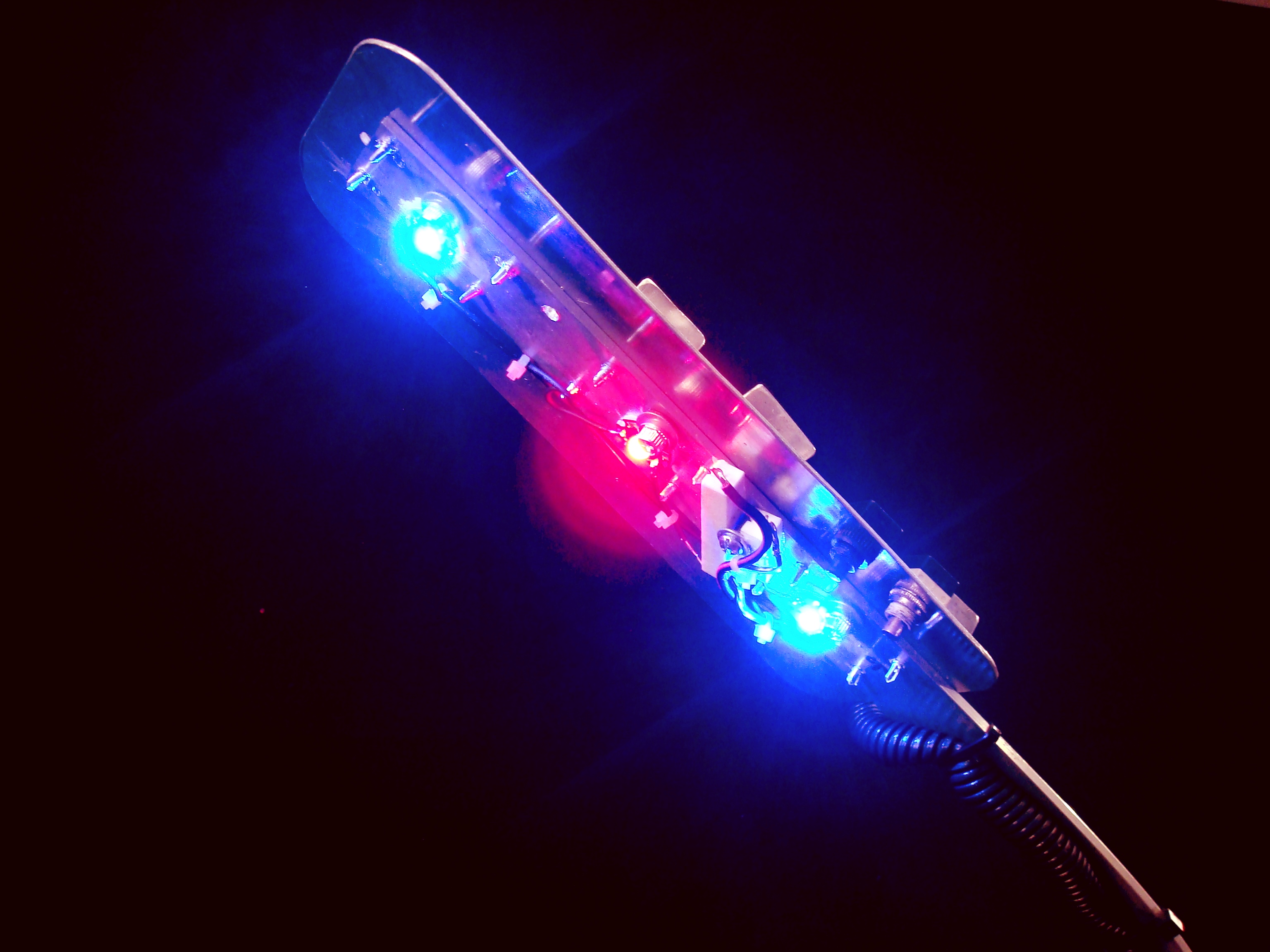Healing LED light therapy
Although light energy from the sun or other sources can be beneficial it also contains harmful UV radiation. By using LED technology we can produce the specific wavelengths, or colors, of light that are helpful without damaging UV radiation. It is a fairly simple process that seems to be programmed into each and every living cell of our bodies. However there are some important details that can greatly improve results. We have been working with healing LED light therapy technology since 2010. We have refined our lighting instruments to produce the best results possible while being totally safe for home use. This page will inform you of what we have learned. Designing based on our experience is what sets Cool Efficient Lights apart from the rest.

CEL healing LED
The light output is balanced and adjusted so that it can be used for extended periods of time. CEL healing LED can be used in your work or living environment. Even though the light can be used for long periods the benefits can be felt instantly and only a few minutes of use can drastically improve your day. Pets and plants can also benefit from healing LED light. Pets enjoy the same benefits as humans. Plants can actually use CEL healing LED light for growth.
What the different colors are for.
There are two colors or bandwidths of light used in our CEL healing lights. Each has a specific purpose. Since LEDs are very discreet it is important the proper colors are chosen for the therapy. The healing light will only work if the LEDS are the right colors. The ratio of colors to each other is also very important. Our healing lights use much higher power far red LEDs while using lower power blue LEDS for this reason. Another factor is the power source driving the LED fixture. The power needs to be smooth and adjusted to the right intensity for the LED to produce the best results. CEL healing LED uses 12 volt direct current to power all our LED lights. Our CEL LEDs can be used almost anywhere since 12 VDC is a very common power supply that is found in solar systems, cars, and portable power supplies.
Far Red Light
The far red color of light (680 nm) is used by living cells to produce energy. The light stimulates adenosine triphosphate (ATP) production directly in the mitochondria of cells by activating cytochrome c oxidase (CCO) which is a part of the electron transport chain. This process is called photobiomodulation (PBM). PBM is helpful for cells that are damaged and can not produce their own energy. Also, because during PBM the ATP is produced outside of the normal cellular respiratory mechanism meaning harmful free radicals are not produced during the process. In fact PBM can cause a temporary increase in reactive oxygen species (ROS) that will activate cellular protections. However, the overall result is a reduction in ROS and free radicals by increasing ATP production and cellular efficiency. Overall This means that wounds and injuries heal faster. This far red light bandwidth has other benefits such as pain relief from aging or injury and is capable of penetrating deep into our bodies to directly affect sore muscles and bones. Far red light is also shown to reduce inflammation in a number of other ways. Far red light increases nitric oxide production which causes arteries to get bigger which can reduce swelling. It can also help balance the cellular environment and lower the level of free radicals which helps prevent further cell damage or dysfunction. It can also be proved that far red light generally reduces the inflammatory response by increasing circulation and cellular energy production. Therefore, far red light exposure can be helpful as part of a normal routine to prevent and reduce future inflammation.
Blue light
Blue light (470 nm) also has helpful and therapeutic benefits. Blue light can eliminate acne-causing and other harmful bacteria. This can lead to healthier skin. Also, blue light can reduce inflammation by inhibiting the production of cytokines while encouraging a healthy anti-inflammatory immune response. Blue light can also improve circulation in some cases increasing oxygen delivery to cells. It can help manage pain by increasing endorphin and serotonin levels. Therefore, blue light can be used to treat conditions such as seasonal affective disorder and depression. Because of this it can disrupt your sleep cycle if used at certain times. Blue light therapy is commonly used to treat neonatal jaundice. The light converts bilirubin molecules to a water soluble form that is naturally filtered out of the body. This type of light therapy has been used successfully since the 1960s.
Who can use LED light therapy?
All humans can benefit from LED light therapy. Anyone who has ever had a small injury can find some relief and reduce the time it takes to heal. Common soreness and swelling can easily be alleviated in a lot of cases. Sports injuries can be treated efficiently and many professional athletes are using red light therapy as part of their regiments today. Using LED light therapy can help us all live happier and healthier lives.
Want to find out more?
We build custom healing and light therapy lighting devices. Send us a message to find out how to get your own lights.
phone
CEL (Cool Efficient Light) © 2010 by RTG is licensed under Creative Commons Attribution-NonCommercial 4.0 International

